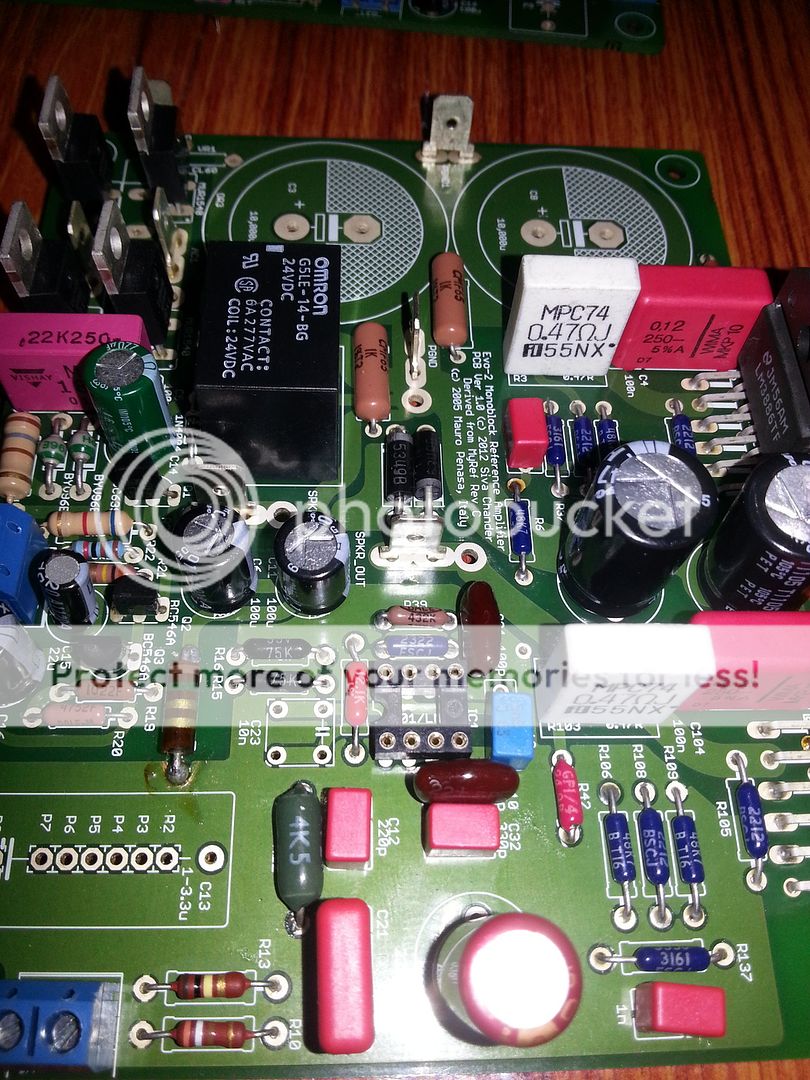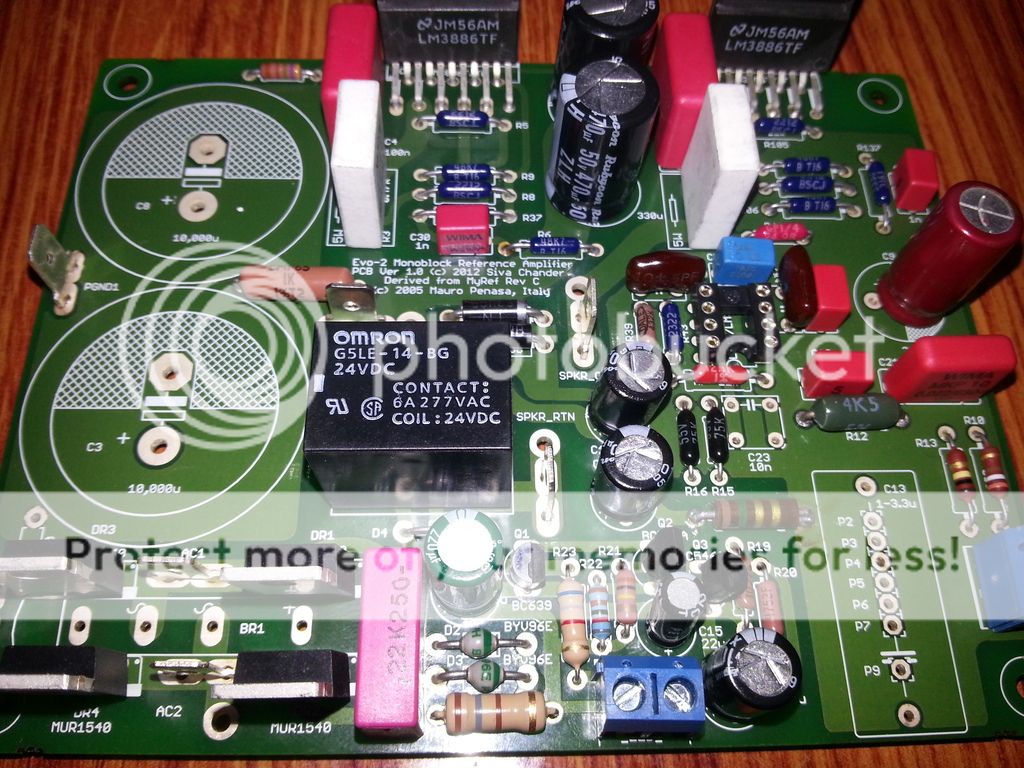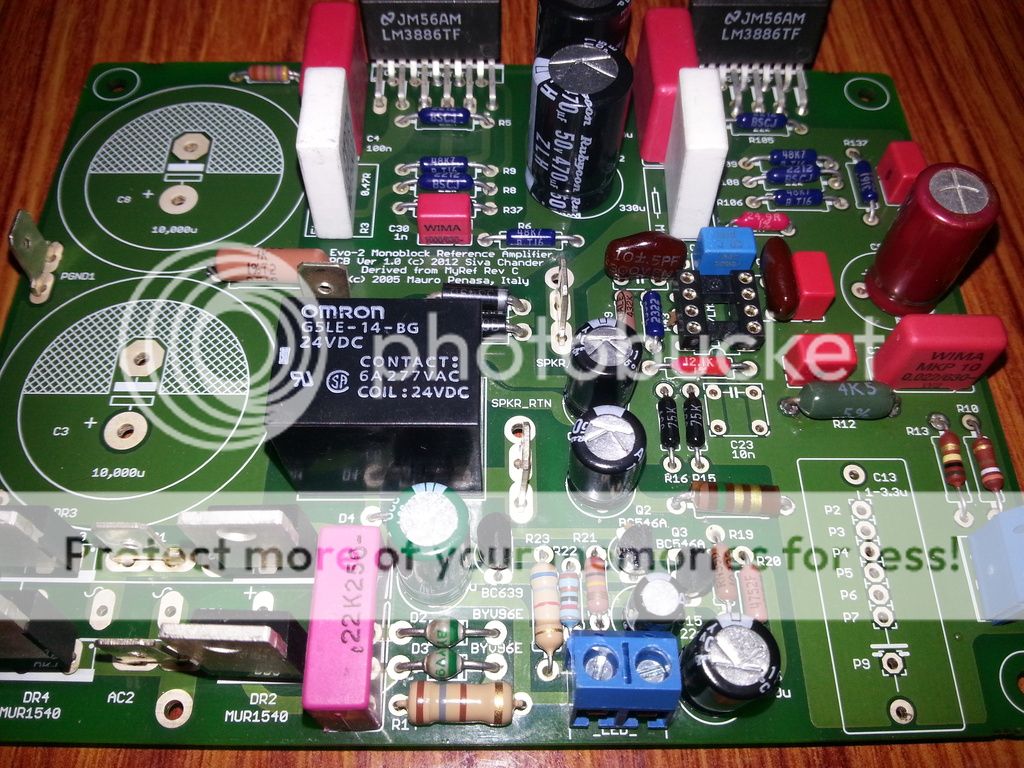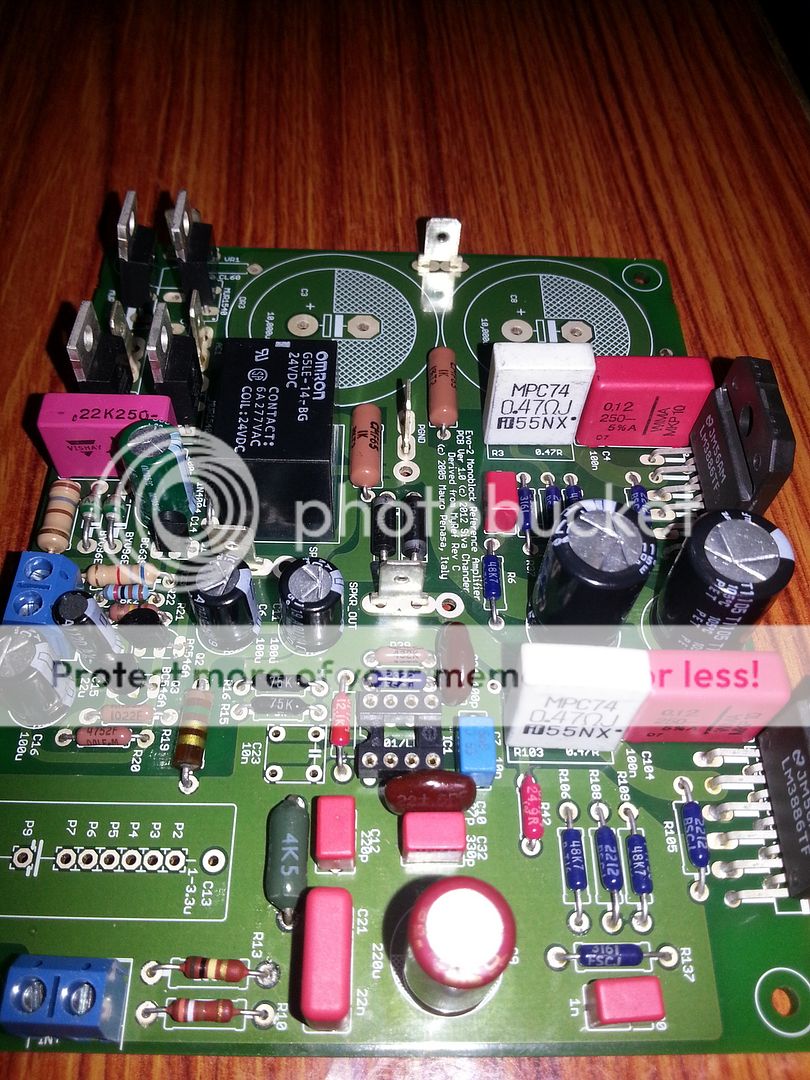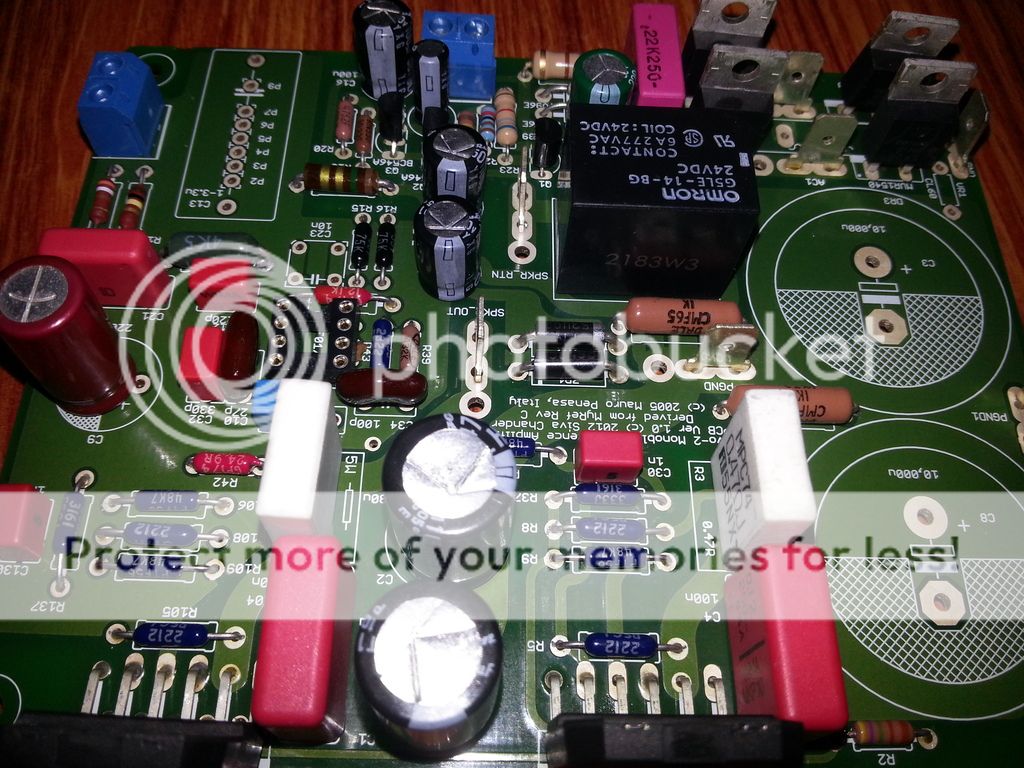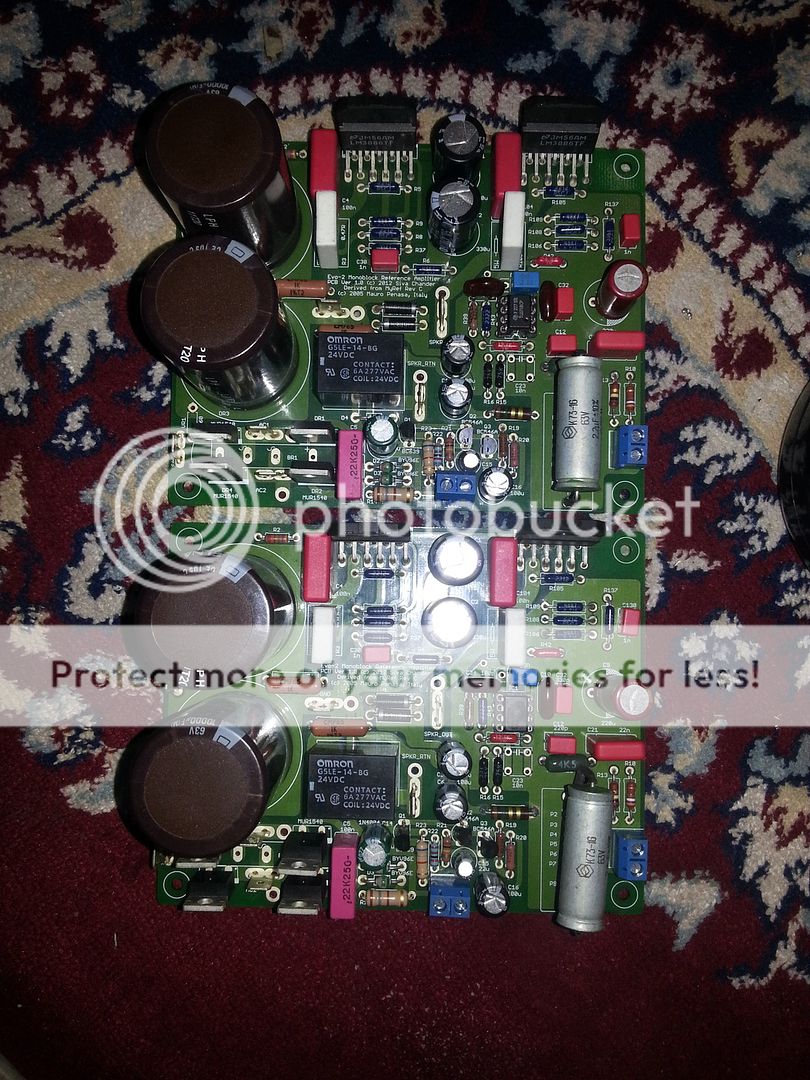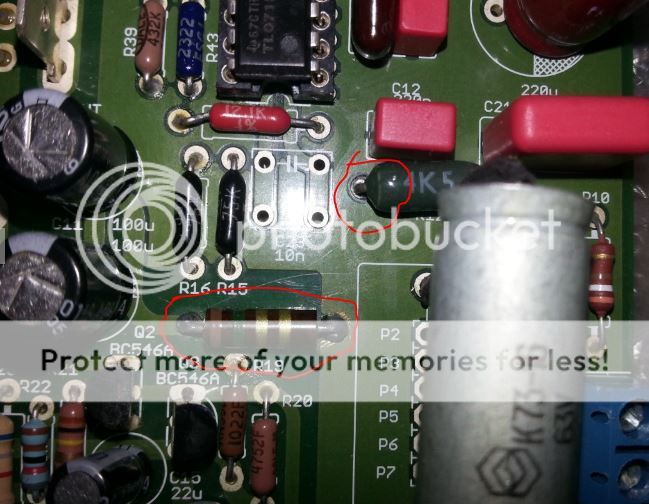Myref Evo-2 Build
Starting a thread on Myref Evo-2 build which I started yesterday.
First I want to thank Linuxguru for providing me this Kit and his hard work on improving this Amp, Not to forget Mauro Penasa a big thank you to him for designing this Amp and contributing it to DIY Community.
KIT and PCB
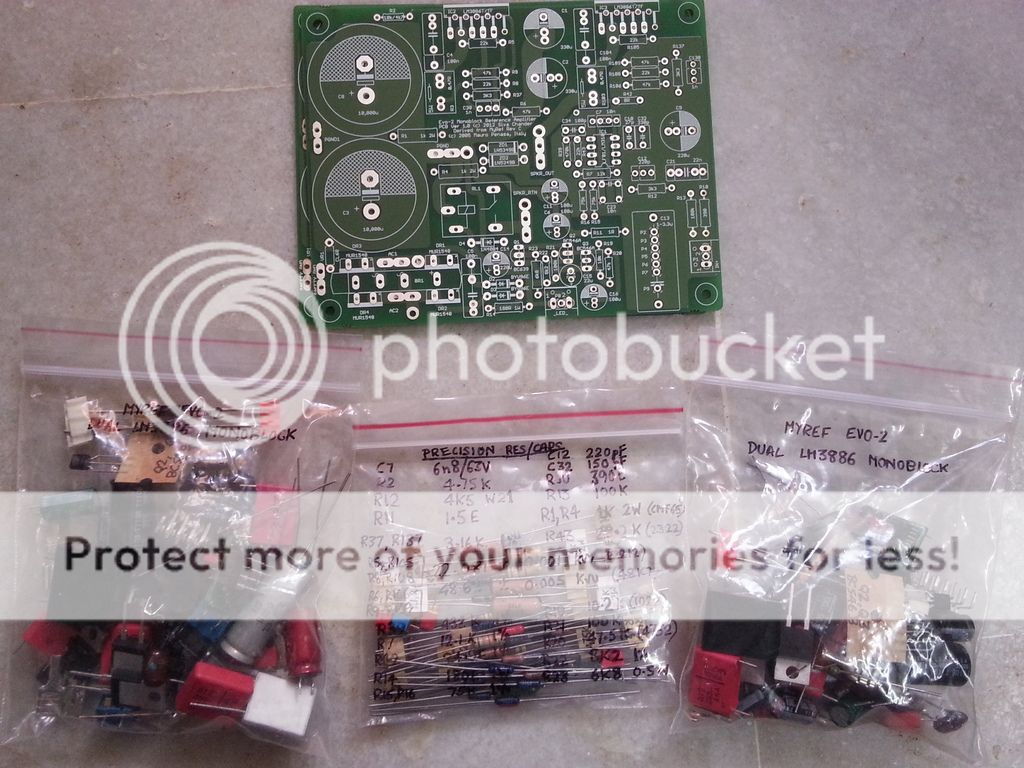
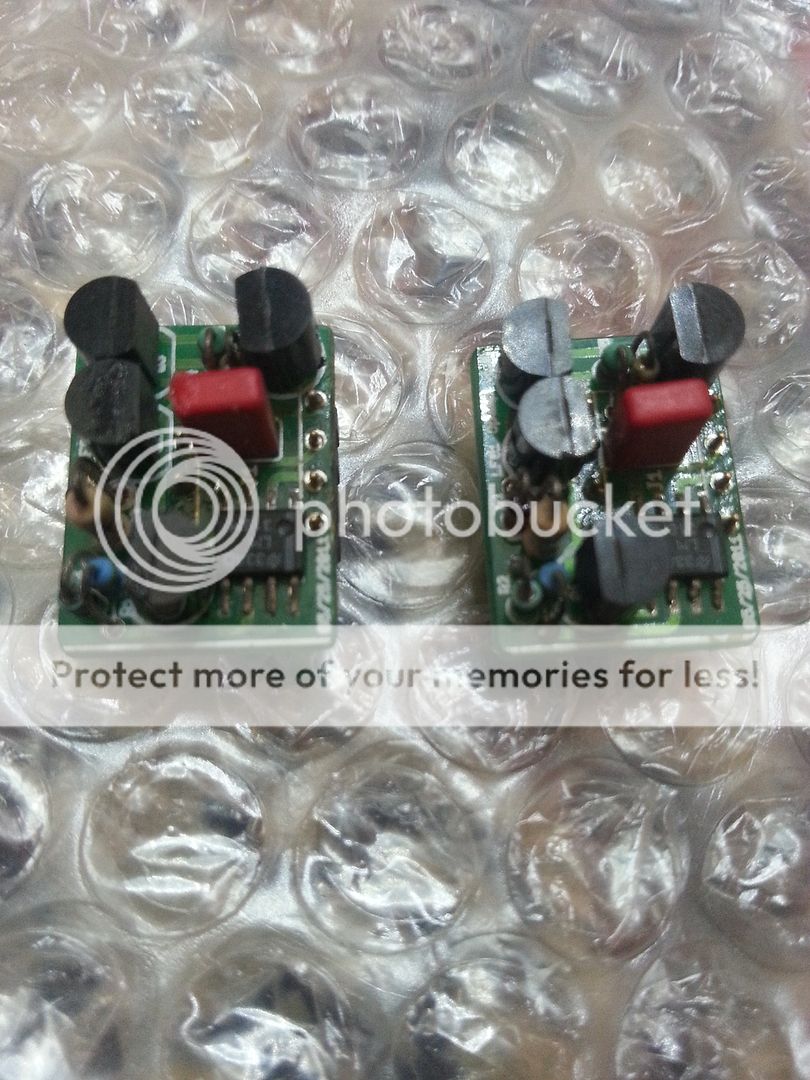
Partially populated boards, Please point out any mistakes so that I can correct them
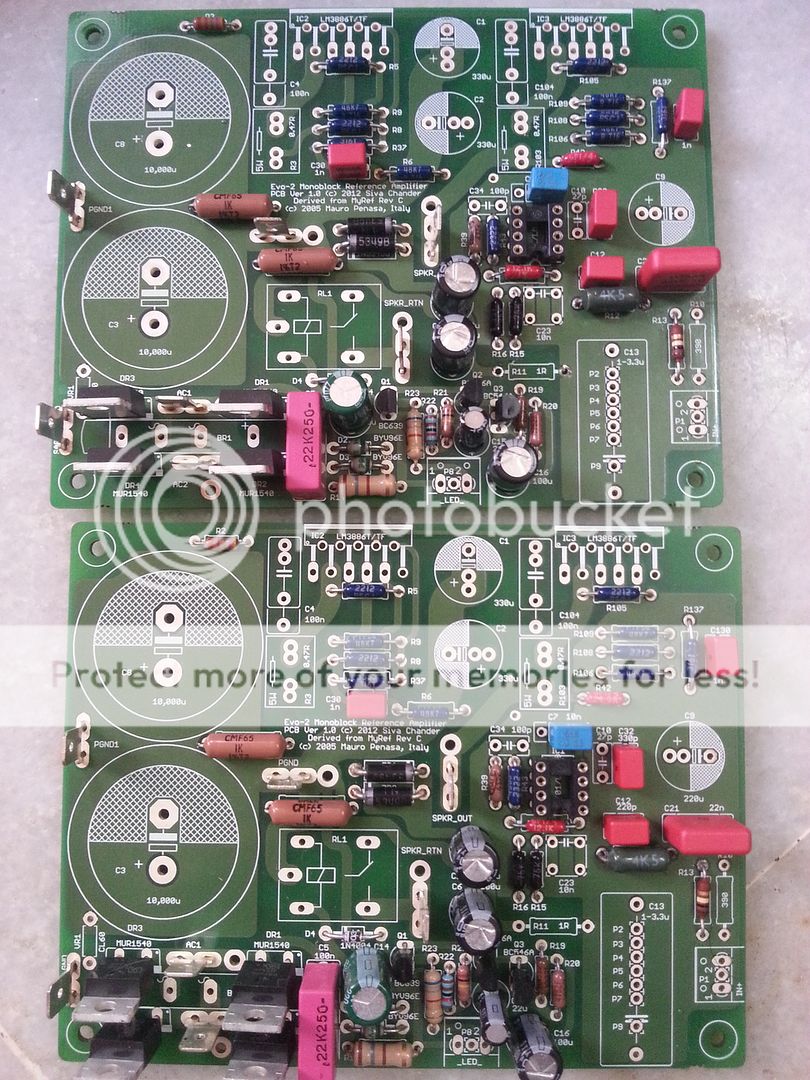
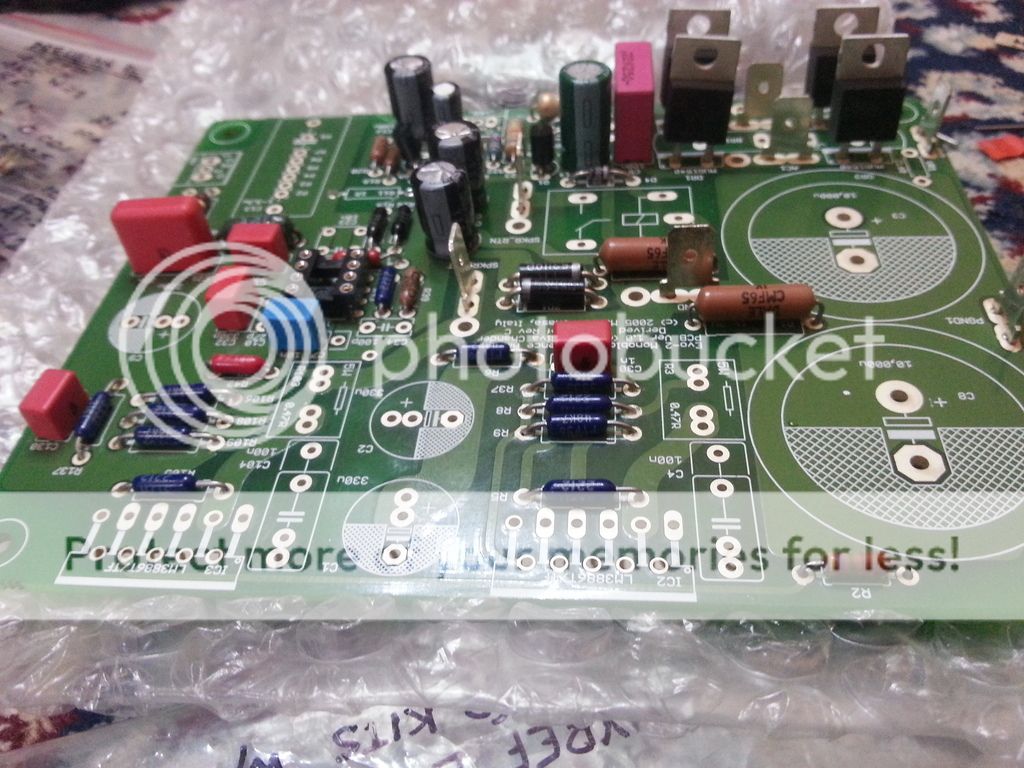
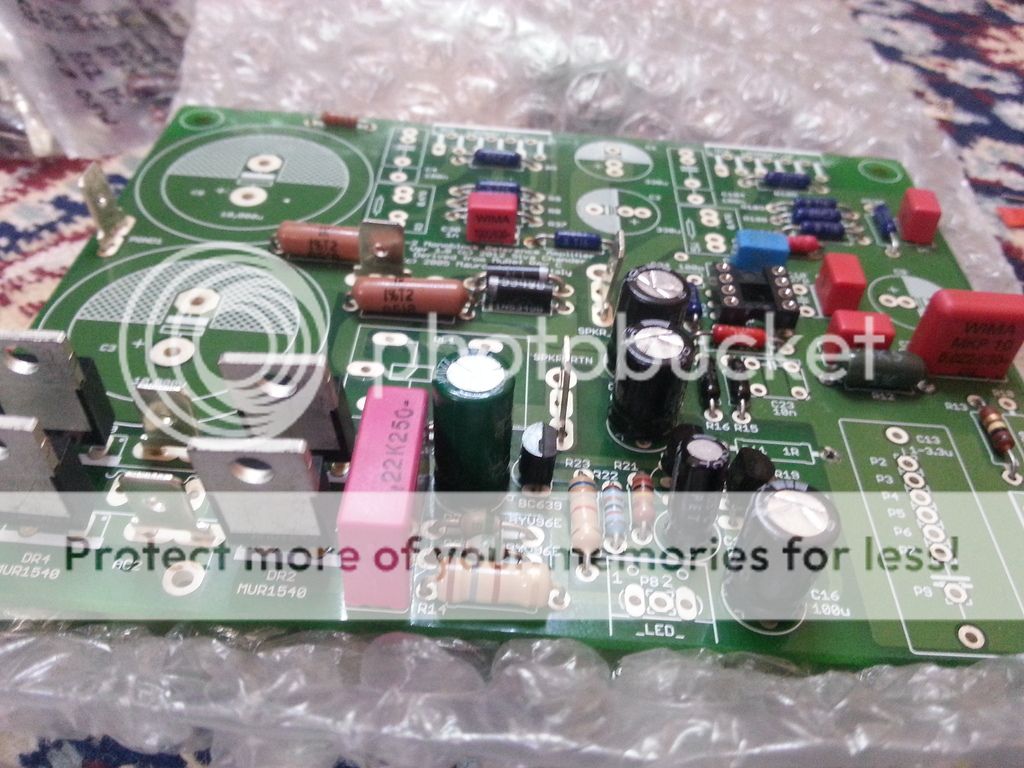
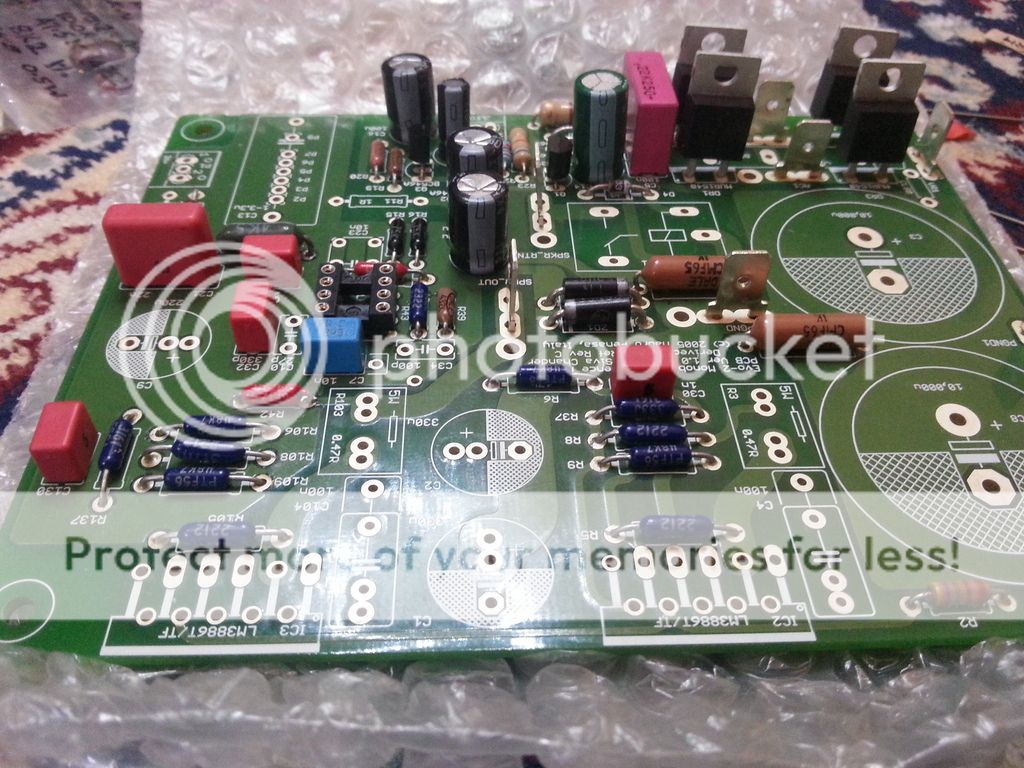
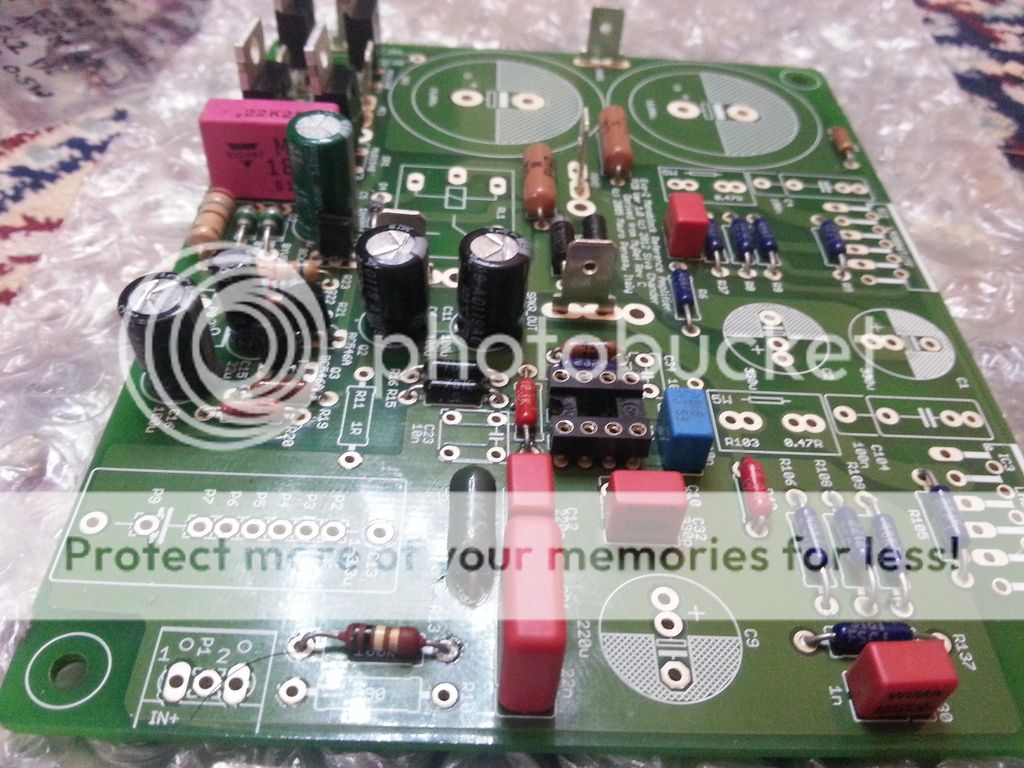
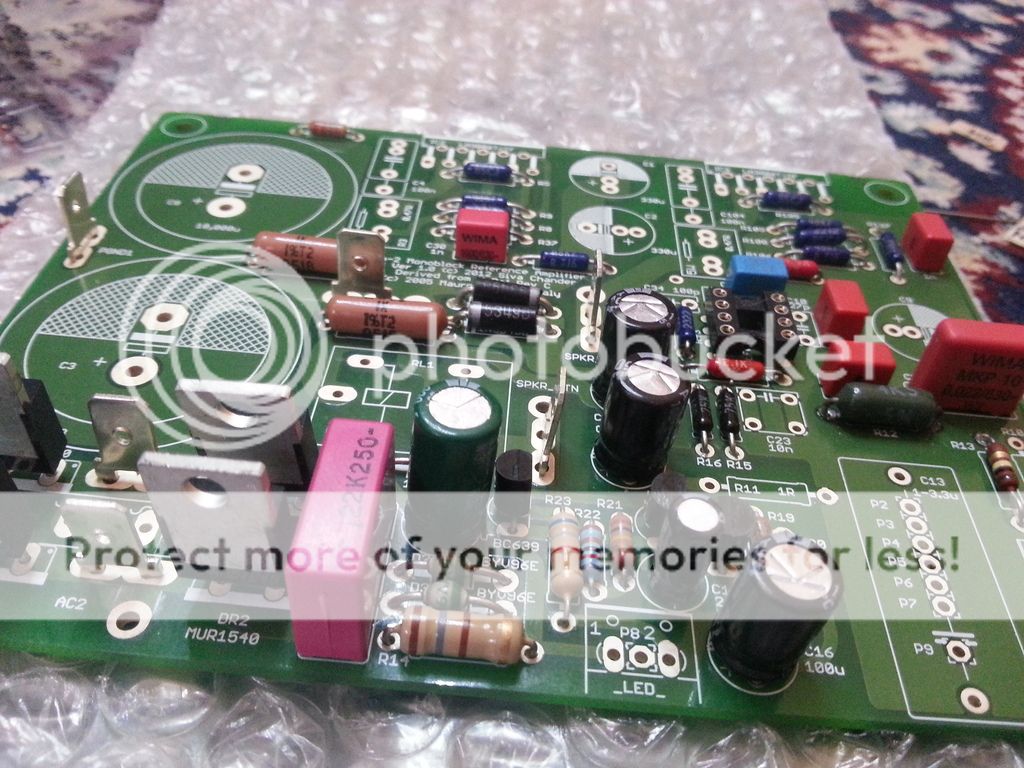
Components which I am not sure where I have to solder them, Linuxguru Could you please help me to identify which one from below image are R11, R10, C34 and C10.
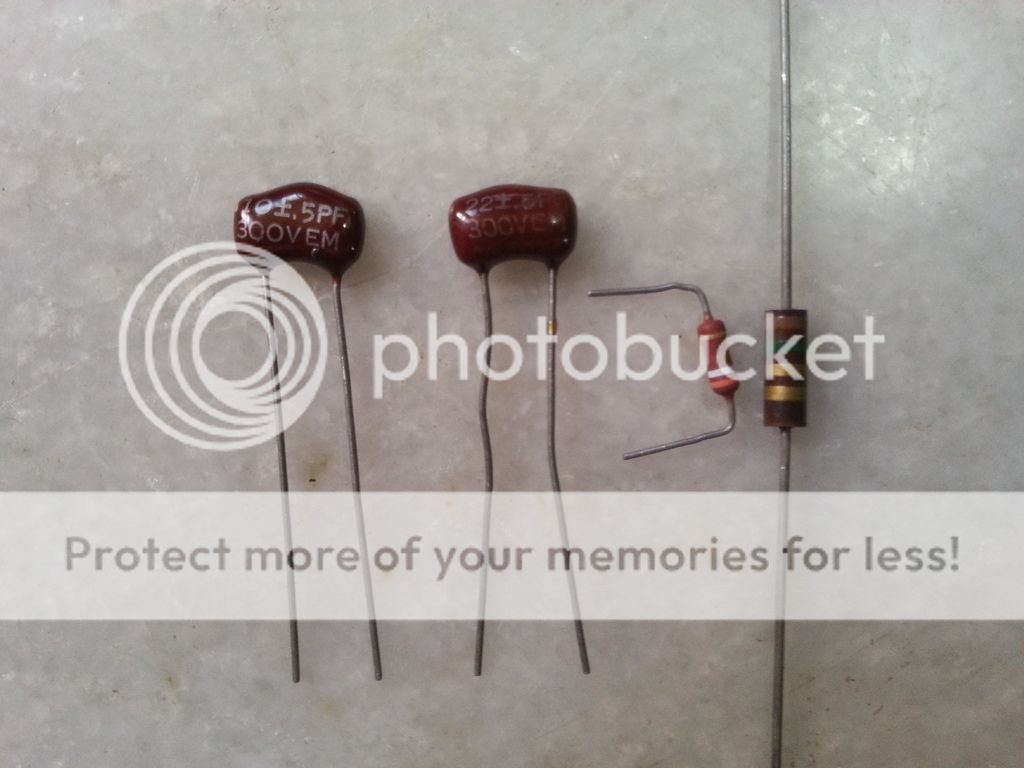
Starting a thread on Myref Evo-2 build which I started yesterday.
First I want to thank Linuxguru for providing me this Kit and his hard work on improving this Amp, Not to forget Mauro Penasa a big thank you to him for designing this Amp and contributing it to DIY Community.
KIT and PCB


Partially populated boards, Please point out any mistakes so that I can correct them






Components which I am not sure where I have to solder them, Linuxguru Could you please help me to identify which one from below image are R11, R10, C34 and C10.

Last edited:


